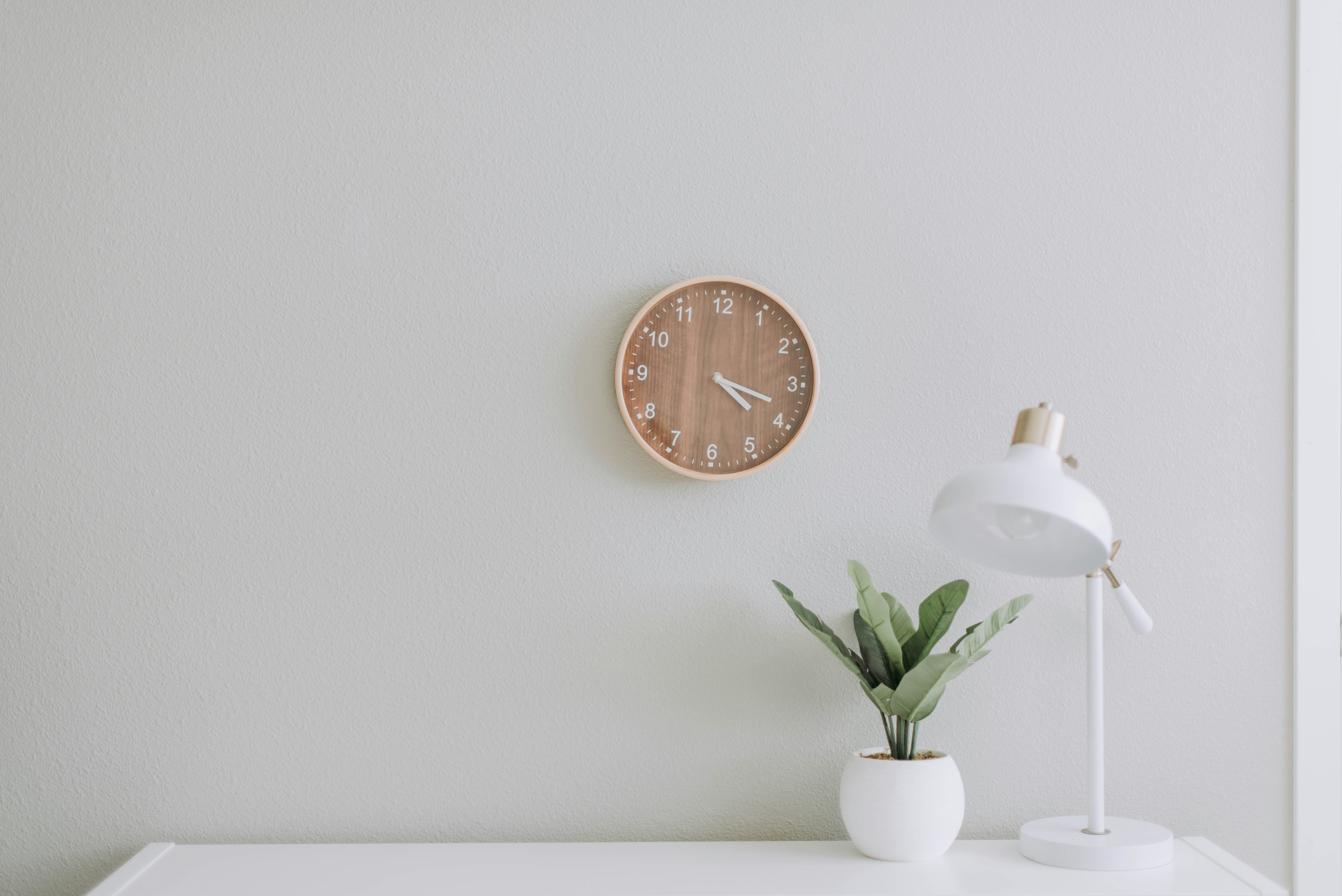Biophilic Design: Bringing Nature Indoors
Kenjoo Manson
Friday, May 10, 2024
Biophilic design is a concept that seeks to connect people with nature through the built environment. This article explores the principles of biophilic design and how it can enhance well-being and productivity in indoor spaces.
Principles of Biophilic Design
Biophilic design is based on the idea that humans have an innate connection to nature and that integrating natural elements into indoor spaces can improve mental and physical health. This design approach incorporates natural materials, light, vegetation, and views of nature to create environments that are both beautiful and beneficial to well-being.
Natural Light
One of the key components of biophilic design is the use of natural light. Large windows, skylights, and open floor plans allow natural light to flood spaces, reducing the need for artificial lighting and creating a more inviting atmosphere. Studies have shown that exposure to natural light can improve mood, boost productivity, and regulate sleep patterns. Maximizing natural light involves strategic placement of windows and use of reflective surfaces to enhance light distribution.
Incorporating Vegetation
Incorporating vegetation is another essential aspect. Indoor plants, green walls, and rooftop gardens bring the calming presence of nature indoors. Plants not only enhance aesthetics but also improve air quality by filtering pollutants and releasing oxygen. Choosing a variety of plants, including those that thrive indoors and require minimal maintenance, ensures that greenery is an integral part of the design without adding significant upkeep burdens.
Use of Natural Materials
Natural materials such as wood, stone, and water features are integral to biophilic design. These elements create a tactile connection to nature, providing sensory experiences that are often missing in urban environments. Using materials in their natural state, with minimal processing, enhances their authenticity and connection to the natural world. For example, reclaimed wood and natural stone can be used for flooring, walls, and furniture, adding warmth and texture to spaces.
Views of Nature
Providing views of nature, whether through windows overlooking gardens or the inclusion of nature-inspired art, can have significant psychological benefits. These views offer a visual connection to the outside world, reducing stress and promoting relaxation. When possible, designing buildings to overlook natural landscapes or incorporating atriums and courtyards with natural elements can enhance this connection.
Impact on Well-being and Productivity
Biophilic design has been shown to enhance well-being and productivity. Environments that incorporate natural elements can reduce stress, improve cognitive function, and increase overall happiness. In workplace settings, biophilic design can lead to higher employee satisfaction and productivity. In residential spaces, it can create a soothing and restorative atmosphere, promoting relaxation and well-being.
Challenges and Implementation
Implementing biophilic design can present challenges, such as higher initial costs and maintenance requirements. However, the long-term benefits, including improved health and reduced absenteeism, often outweigh these challenges. Designers must work closely with clients to balance aesthetic goals with practical considerations, ensuring that biophilic elements are integrated seamlessly and sustainably.
In conclusion, biophilic design offers a powerful way to reconnect with nature in our built environments. By thoughtfully incorporating natural elements, designers can create spaces that enhance health, well-being, and productivity. As the demand for healthier, more sustainable environments grows, biophilic design will continue to play a crucial role in shaping the future of architecture and interior design.


